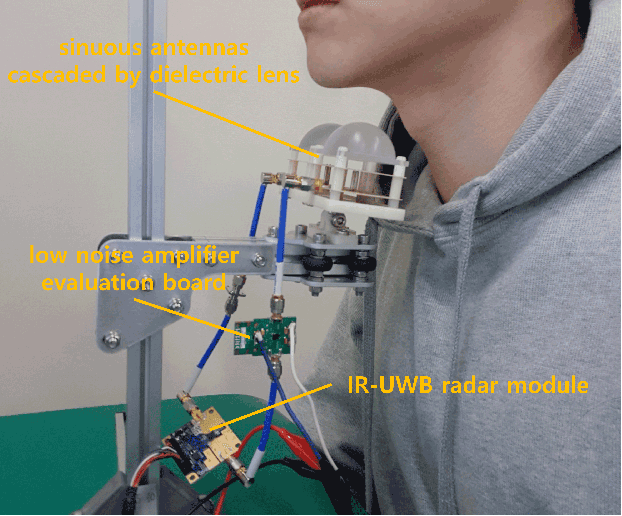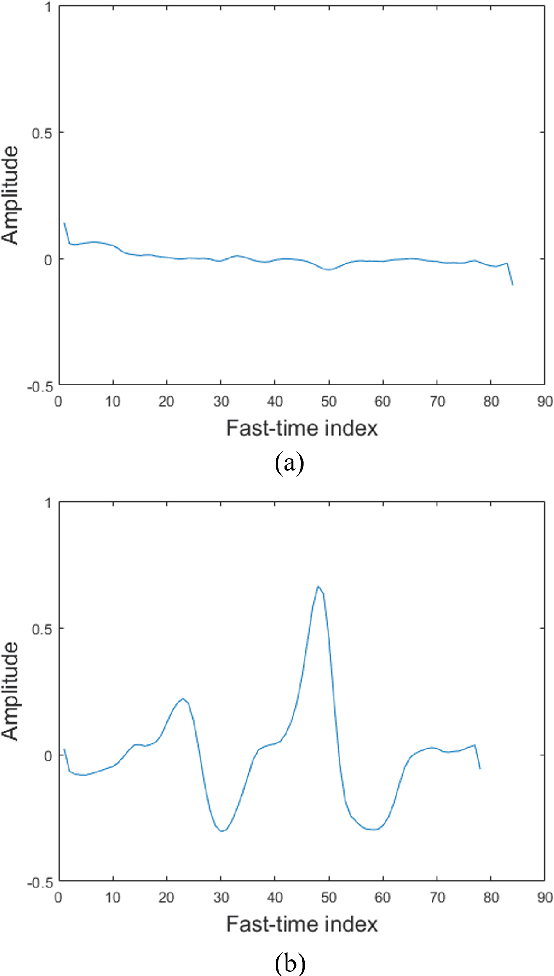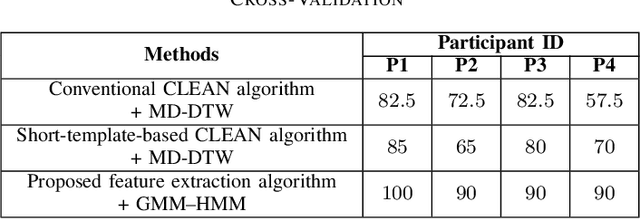Movement Detection of Tongue and Related Body Parts Using IR-UWB Radar
Paper and Code
Sep 05, 2022



Because an impulse radio ultra-wideband (IR-UWB) radar can detect targets with high accuracy, work through occluding materials, and operate without contact, it is an attractive hardware solution for building silent speech interfaces, which are non-audio-based speech communication devices. As tongue movement is strongly engaged in pronunciation, detecting its movement is crucial for developing silent speech interfaces. In this study, we attempted to classify the motionless and moving states of an invisible tongue and its related body parts using an IR-UWB radar whose antennas were pointed toward the participant's chin. Using the proposed feature extraction algorithm and a Gaussian mixture model - hidden Markov model, we classified two states of the invisible tongue of four individual participants with a minimum accuracy of 90%.
 Add to Chrome
Add to Chrome Add to Firefox
Add to Firefox Add to Edge
Add to Edge